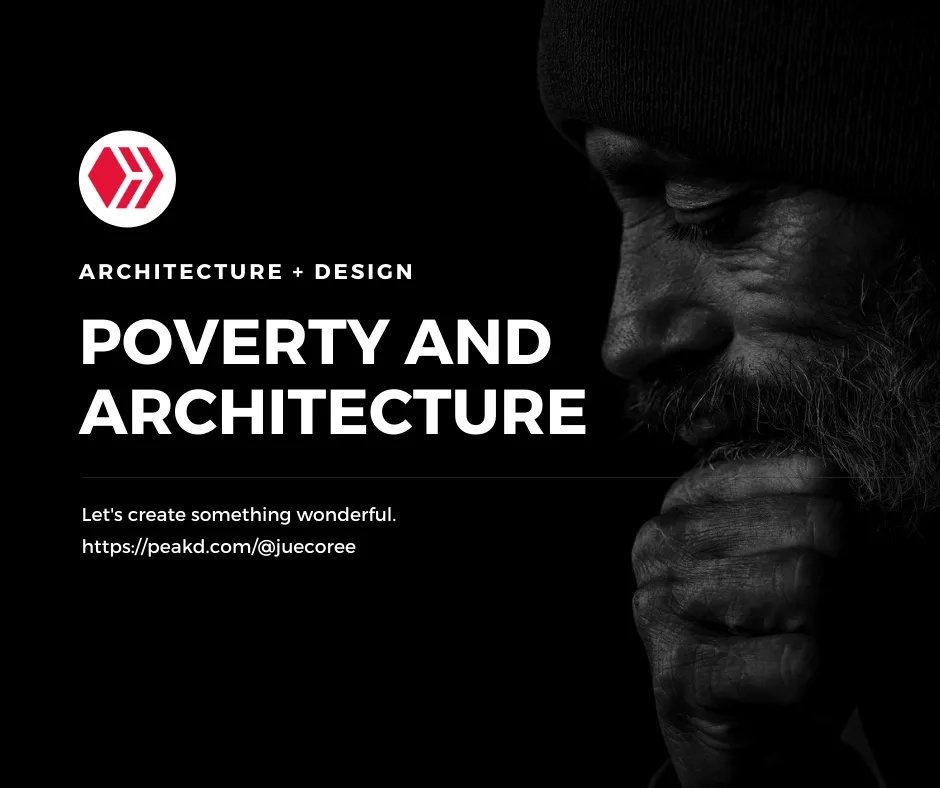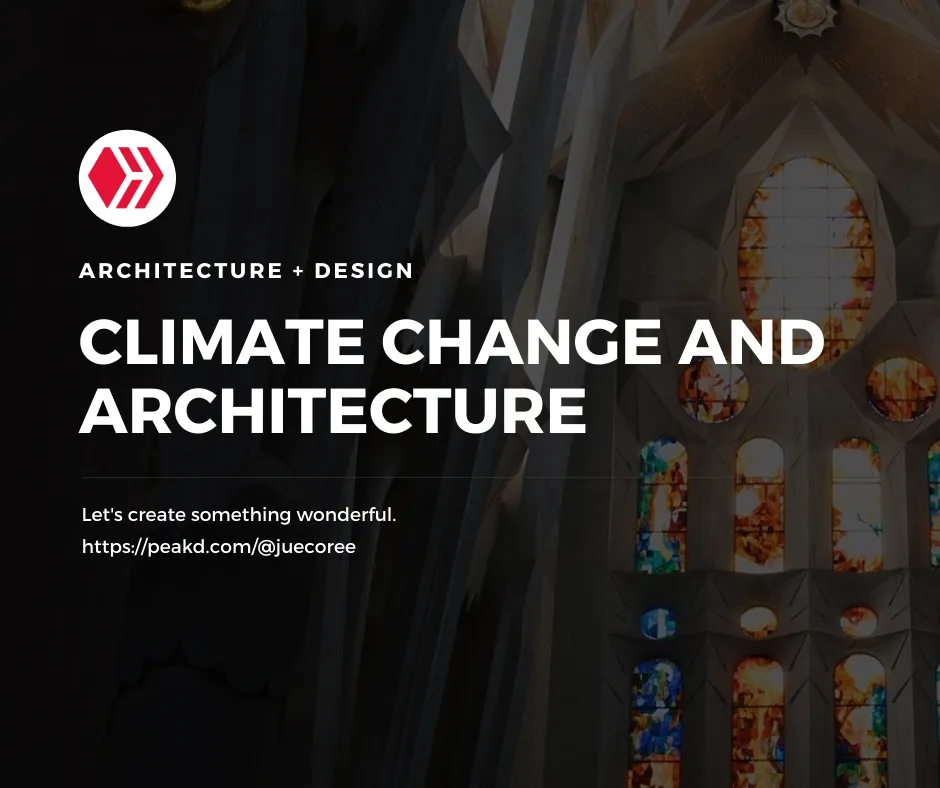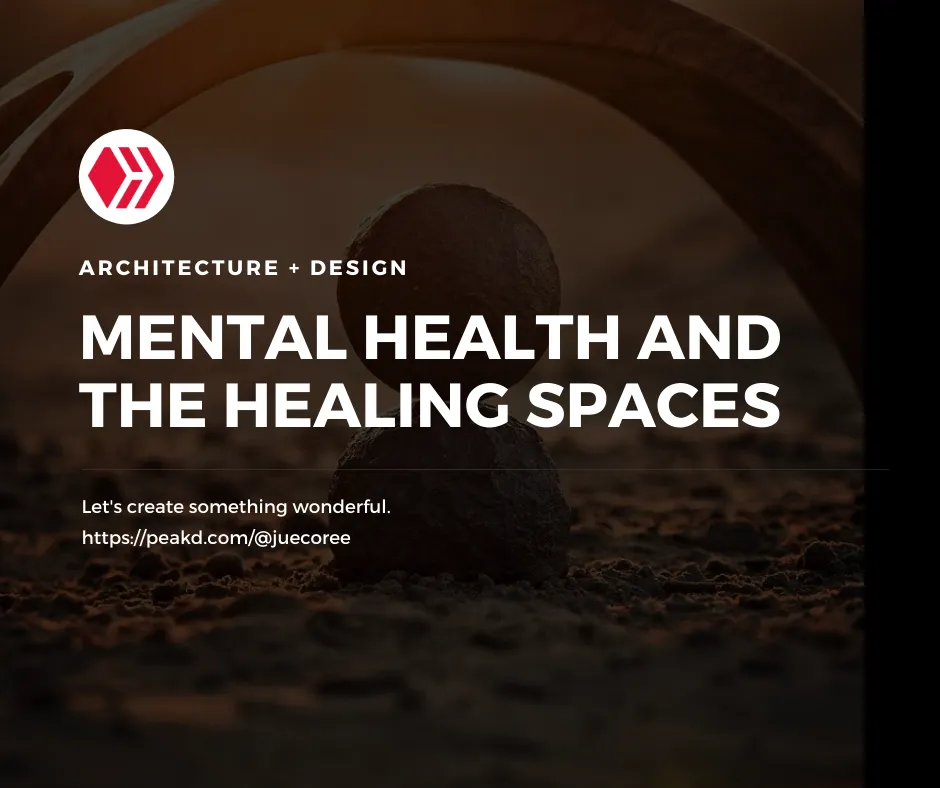
Our mental health influenced how we live our lives, connect with our relationships, and even how our body functions. When our mental health goes south, it changes how we communicate and interpret events. Stress, sadness, and anxiety can become issues in our mental health when uncheck. No matter how heinous or good an event that transpired, it will still harm our mental health. Caring for one's mental health will aid in how we can preserve our mental well-being to enjoy life. We keep our minds sane by balancing between our responsibilities and having some fun. It yields better psychological resilience.
When we think of someone suffering from depression or anxiety, we often see them clutching their heads in exasperation. On the other hand, we perceived people with mental fallout as someone wearing a grinding smile or someone lock up in the mental wards, which is harsh and aggressive. Our perception of mental health disorders is seemingly conditioned by what we constantly read and hear in different media. It is the same either at a lighter or fallout and is negative.
Mental illnesses rose due to one of these reasons. The continual busyness that we forgot to push the break. A world where we rush to get information or share one. Our lifestyle and environment is also a risk factor to fall into mental illness. The list goes on, and they connect with our daily lives. With how we portrait mental illness, we stigmatize them, which is detrimental to their life. In underdeveloped nations, there is more stigma and discrimination against persons with mental illnesses. Some people connect mental health with witchcraft, sorcery, and evil. People with mental illnesses are mistreated and sent to asylums away from the public eye. Some mocked them and rightly dubbed them with nasty names. However, we will not talk about stigma. But we explore how we can reduce the mental stressor to conscious and inclusive design.
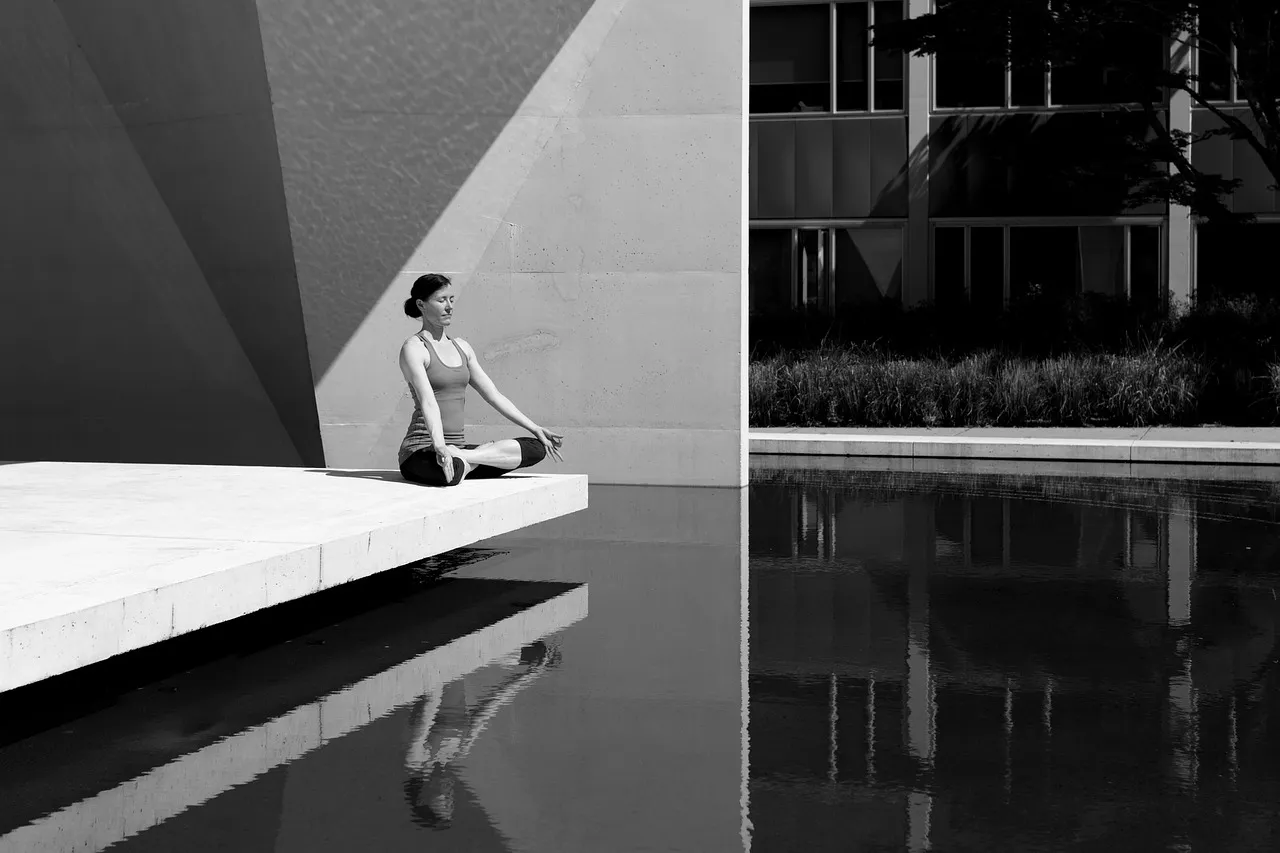
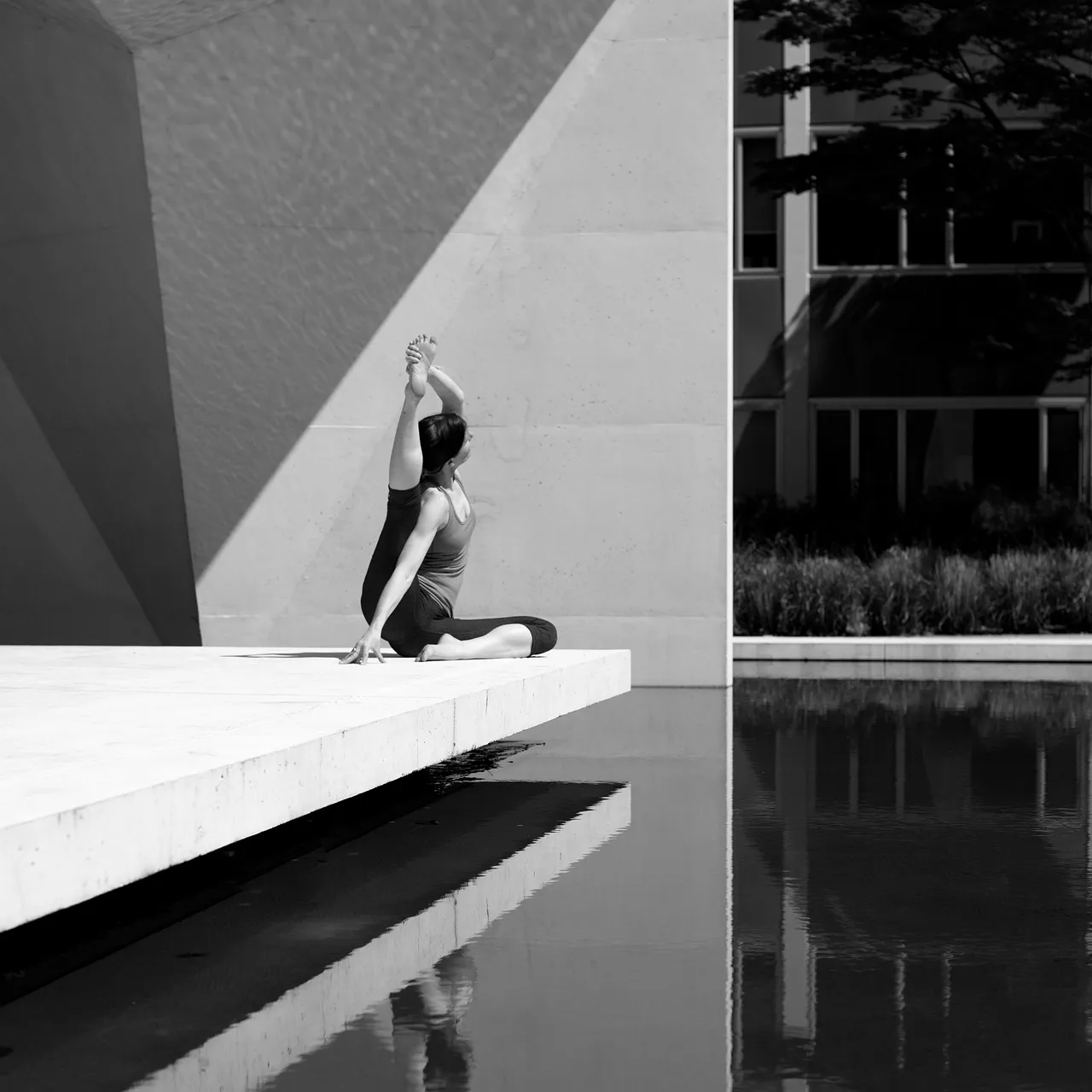
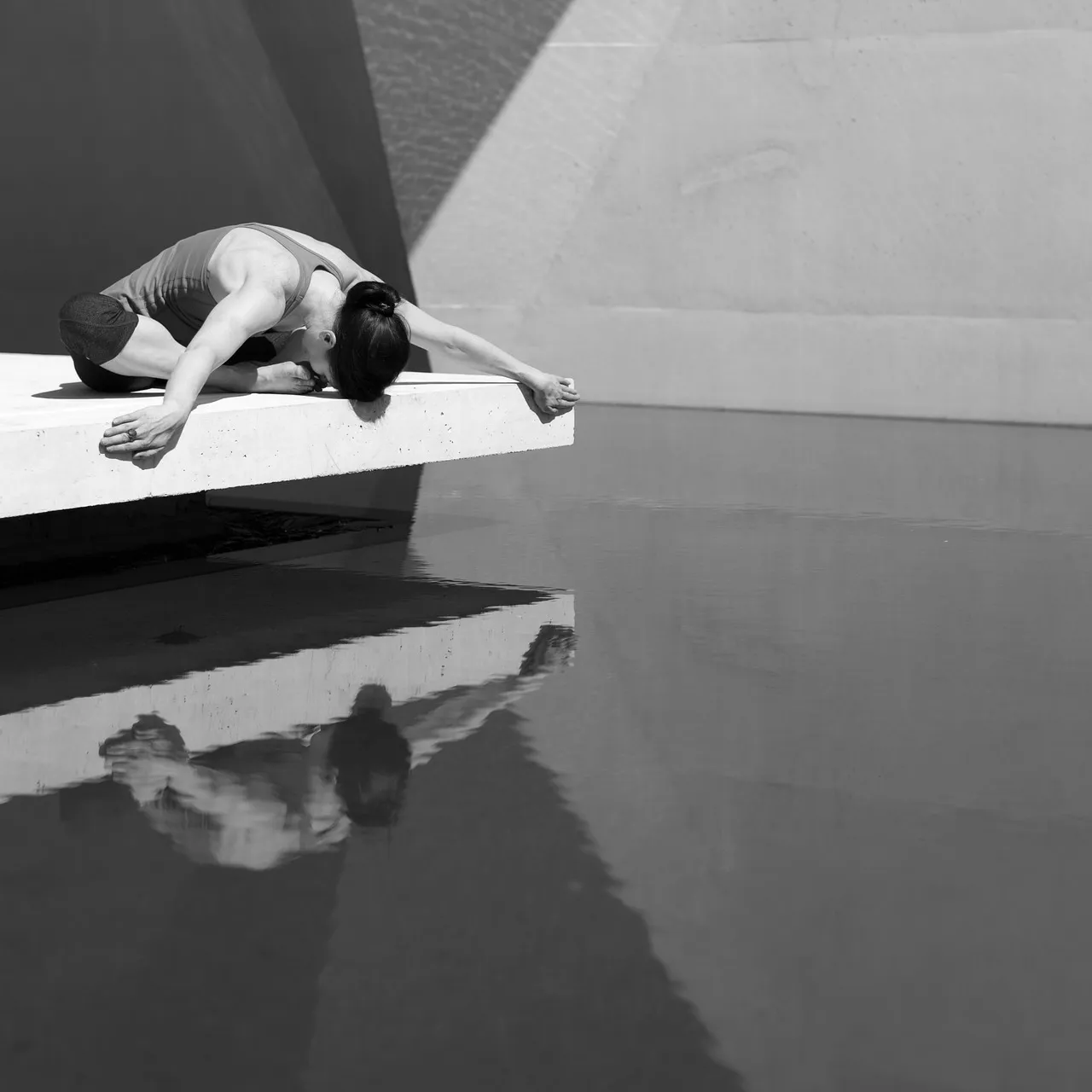
Designers pour out their emotions to create masterpieces, but the idea of beauty is always subjective. What I perceived as beautiful and a masterpiece may be ugly and poorly designed by you. It doesn't matter what the design applied to, whether arts, architecture, or products. I am convinced that a great design or art can communicate well to its audience. It does not boil down to aesthetics but is a mix of aesthetics and communication. In arts, maybe a painting exudes emotion at a glance, or in architecture, the space ooze with vibes, which provably can deal with easing mental troubles.
Ironically, moving fast and breaking things seems counter-intuitive despite the mantra in our built world and every industry. We are constantly doing tasks at a fast pace. It is like we are always running out of time. Due to that, we get a lot of stress that may lead to anxiety, depression, burnout, and even some fall to asylum. We come to realize that we need to reset and slow down sometimes. Creating a better and sustainable world also means addressing how our design aids to level stress and have an environment that gives a healing-spatial experience.
Architecture is a multifaceted art form that combines science, expression, aesthetics, and technology to fulfill our needs. When performed effectively, architecture can create lasting and significant changes in our lives. It envelops a sense of majesty, monarchy, glory, tranquility, and calm. We can have rooms that elicit good sentiments and emotions. Some of which were decades or centuries ago. We can still sense the lifestyle and oozing emotions and heritage in these spaces. Despite our rat race for modernity, we always seek a space that allows us to be ourselves and indulges in the calm and peaceful spatial experience.



Is there a distinction to be made between a safe, efficient, and aesthetically attractive built environment and a therapeutic environment? I think the boundary is in blurry lines. We can create spaces that may help with our sanity and is a masterpiece and pleasing. Design can excel in helping us attain a zen mind, despite not being a physician or therapist. Healing is a holistic process of repairing and recovering what was not well in our mind, body, and spirit. It may lead to finding meaning, and moving toward self-realization, regardless of the presence or absence of sickness. If we can harness architecture and design to take part in the healing process, we can surely build a better and sustainable world.
We think of healing spaces as hospitals or asylums, but it isn't limited to that. It can be temples, spas, or a vacation house. It can be anywhere. Healing spaces is not particular to what and how healing transpired. When we talk about healing spaces, we describe them as the place that bears witness to a story of recovery or manifesto of continually finding the zest in our lives. It is a place where we can jolt our thoughts, thaw hardened feelings, and reawake the hope in us. Generally, it is a place to reverse the trauma that burdens us, whether mental, physical, or spiritual.
The design for healing spaces often aims to have a friendly and welcoming environment. From the color scheme to the ornaments and decors, everything feels friendly, trustworthy, and approachable. When architects design healing spaces, they are making the space as our buddy or a trusted confidante. The vibe should be opposite to how we feel visiting a physician. Our design should not encourage architectural claustrophobia and the sense of being a trap in it. By avoiding it, we minimize barriers to healing. We want to have a better flow of natural light and have open spaces to impose a welcoming vibe. It makes us experience it better and may have a good effect on our mental health.




Much more anything, healing requires breathing space where we can reflect on what is happening and make the right decision to move forward and keep our sanity checked. People who suffer from anxiety and depression need to have a breather from what is happening to them. A chance to breathe can be what they need. We build healing spaces to be the place to slow down and take a breath.
Coming into purposeful interaction is at the heart of healing. People want a sense of shared space and interaction. Sometimes healing takes two or more people understanding what is going on with them and sharing the experience. We sometimes hide our pain behind masks until we find someone who shares the same pain. The design for healing spaces should account for that. Healing spaces should not limit interaction but amplifies it.
Our society rose from a negative depiction of mental illnesses that result in social stigma. I do hope one day that our world pays equal attention to mental health as to physical health. Architecture and design can make the space welcoming and friendly, but it takes us to walk the vibe. Any space has the potential to affect our mind and emotion that may help us attain better well-being. Our design of spaces matters to how people having mental burdens heal and recovers.
Readings
Jennifer DuBose, Lorissa MacAllister, and Khatereh Hadi, Exploring the Concept of Healing Spaces, Health Environments Research and Design Journal, SAGE
Tenneson Woolf, On Trauma and Hosting Collective Healing Spaces, Medium
Heini Lehtinen, Environments for a happier mind, Raven and Wood on Medium
Esther M. Sternberg M.D., Healing Spaces: The Science of Place and Well-Being, Harvard University Press
Photo courtesy of Rachel Scott , Sasin Tipchai, and Devanath

